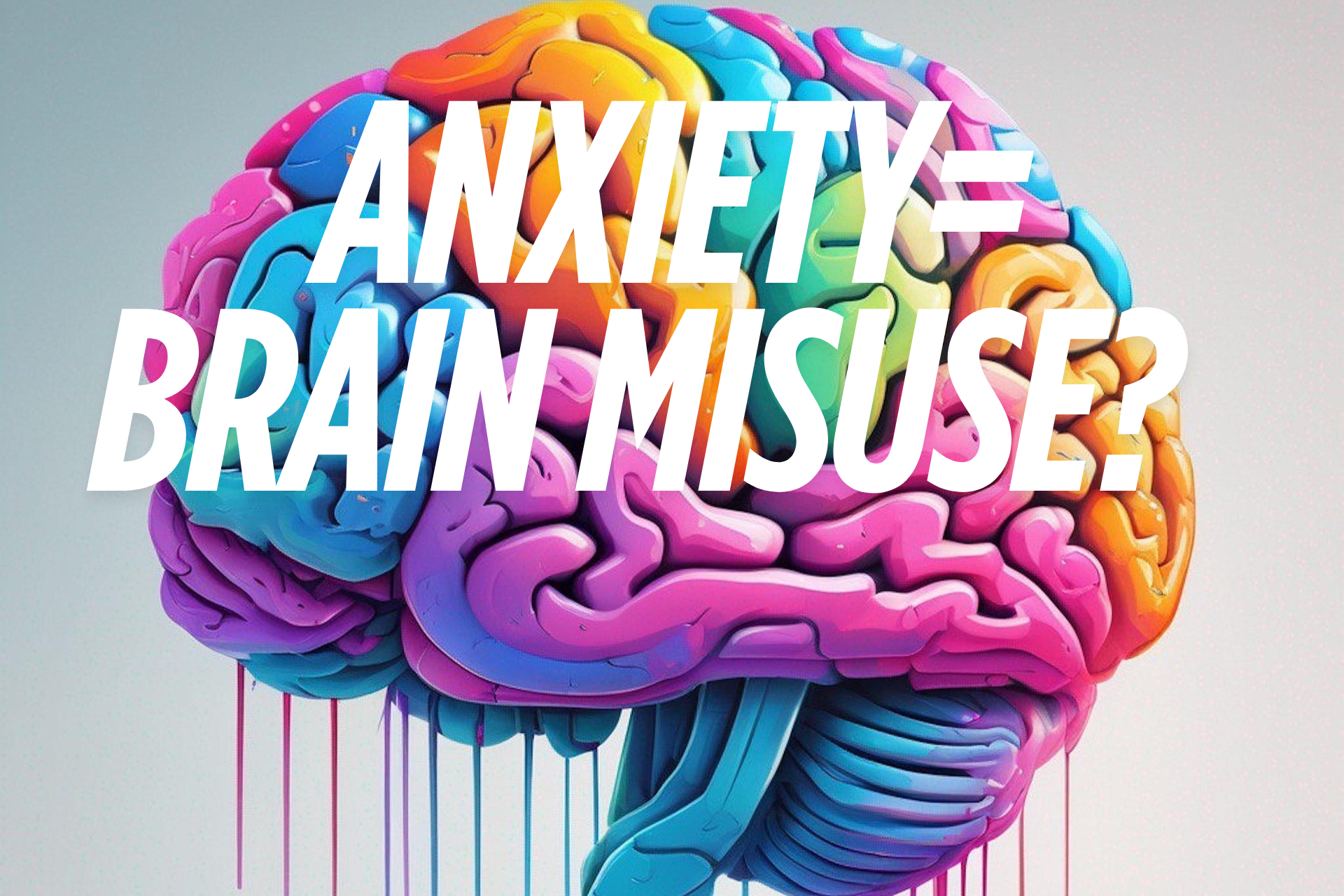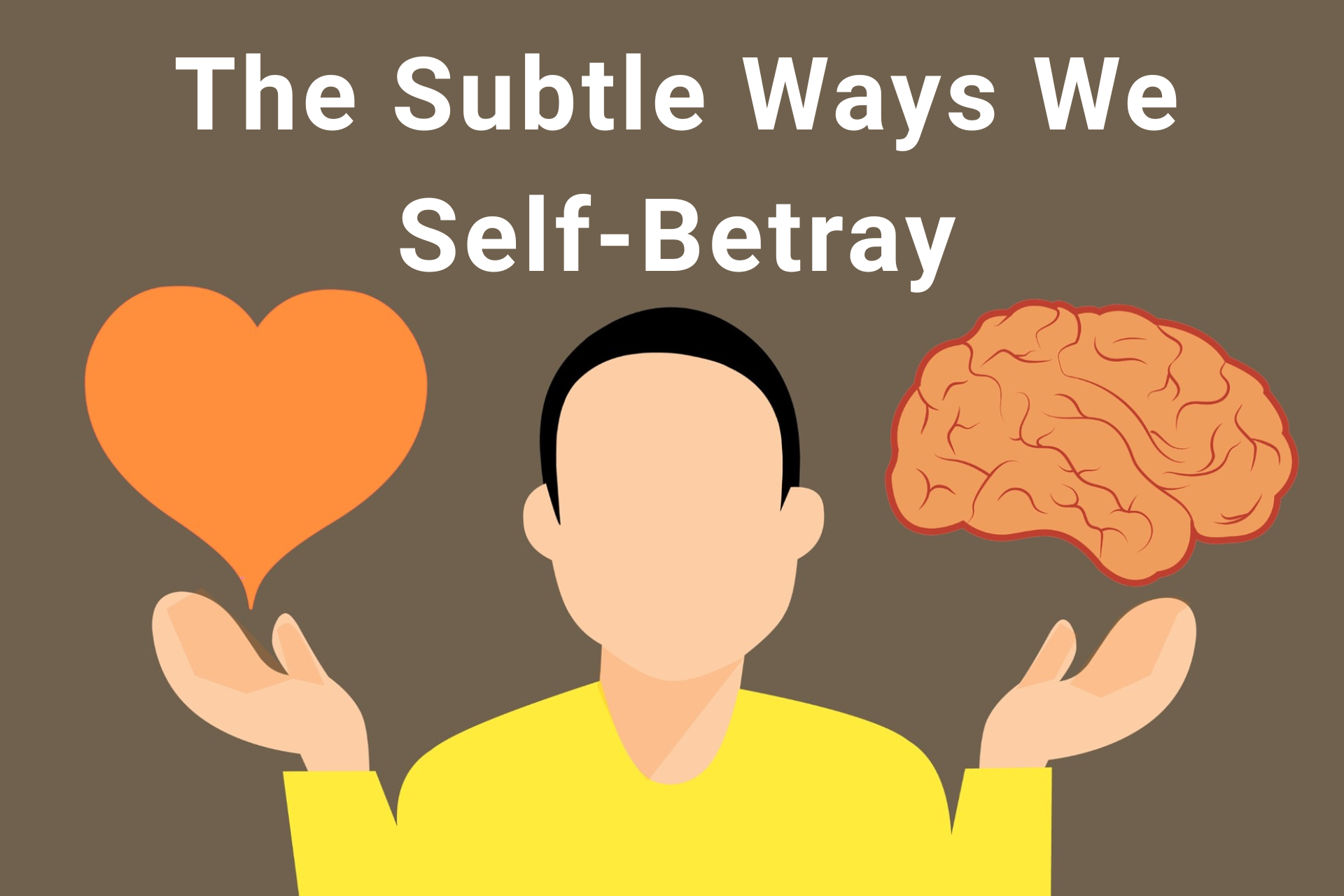
Misusing Your Brain = Anxiety?
While anxiety can arise from many sources, including trauma, what I’m speaking to here is the more general kind of anxiety that has become almost epidemic in our modern lives — the background hum of unease, worry, and restlessness that so many of us carry.
In a way, we can think of this type of anxiety as a side effect of the underuse or misuse of our brain’s natural design.
If you look for one of the most common treatments for anxiety, you’ll come across mindfulness—being in the present. And indeed, I agree, it is an amazing approach to decreasing anxiety. But was it invented by ancient, sage wisdom-seekers? I disagree. I believe it was a natural, primary way of living for humans until we abandoned our nomadic lifestyle with the development of agriculture.
You see, before agriculture, we were constantly on the move. Our bodies were designed for walking long distances in search of food through foraging and hunting. And when you’re walking in the wild—I mean the real wild, where humans were a tiny minority and other animals ruled the world—you had to be aware. You had to be vigilant. If you weren’t, you simply wouldn’t survive for long.
And what is this continuous awareness of your surroundings? It is precisely mindfulness. Your brain is constantly scanning the environment for threats or rewards. Our peripheral vision is actively involved, giving us the broadest possible panoramic perspective to ensure survival and thriving.
Our nervous system evolved to engage with our environment this way over thousands of years. It’s hardwired into us and tightly bound with our pattern-seeking brain. We scan and form patterns.
So what happens if we stop using that part of ourselves? What happens if we spend most of our time indoors as children and adults? What happens when we no longer use our peripheral and panoramic vision and instead constantly engage our narrow-focus vision?
Some of you may know where I’m going with this. Yes, yes, and yes—our anxiety levels skyrocket.
Most of us now spend the majority of our time in front of screens—narrow focus. And when we’re not staring at a screen, we’re in our heads, ruminating and overanalyzing—again, narrow focus. There’s nothing drawing our attention in the way our beautifully designed brain was meant to be used. We no longer need to scan for threats or rewards, because in the average modern setting, there are no threats, and all rewards are a click away.
I’m sharing this perspective not to sound gloomy or dire. Rather, I want to offer a simple, accessible solution to today’s rising anxiety levels:
Create more moments that use your brain the way it was designed to function. Get outside and observe.
If you can, go for a walk and truly notice your environment. Pay attention to colours, sounds, insects, leaves—even the garbage. This is the most natural way we were designed to move through the world: scanning with awareness.
I get it, not everyone has time for a walk. But taking short, frequent breaks—every hour or so—to step outside, onto a balcony, or even just looking out a window can help. Try to shift into a 180-degree field of view, scan the horizon, and take in the details.
If you’re a busy parent, do it with your kids. Point out little details to them—shapes, colours, and patterns on the ground and in the sky.
The solution is simple. The challenge lies in making it a habit. Set a timer on your phone or computer as a reminder. There are many tools and treatments for anxiety, but this one taps into the very fabric of our nervous system.
Reclaim your tribal resilience. Start this practice today!
I am here to help you thrive in every relationship – starting with yourself.
Viktoria







